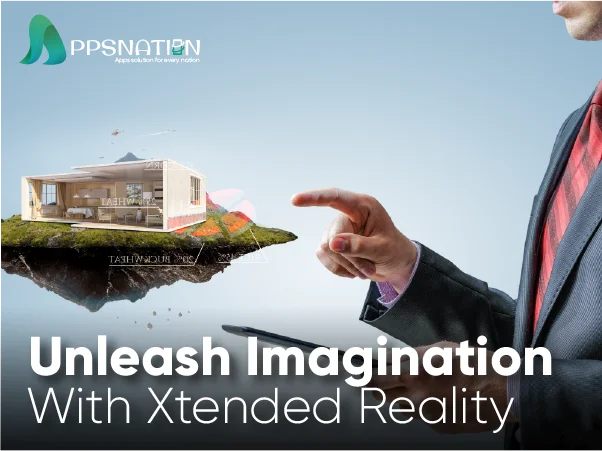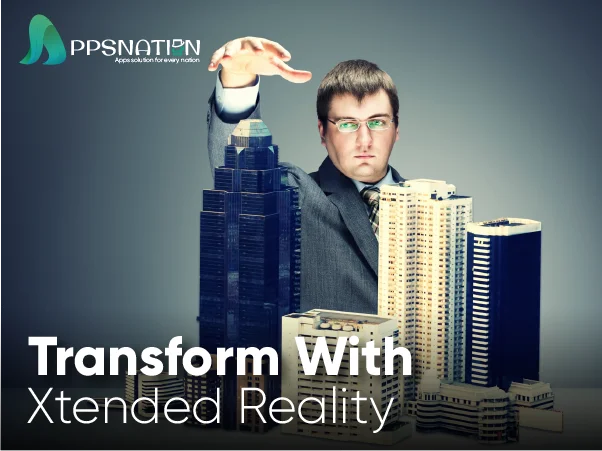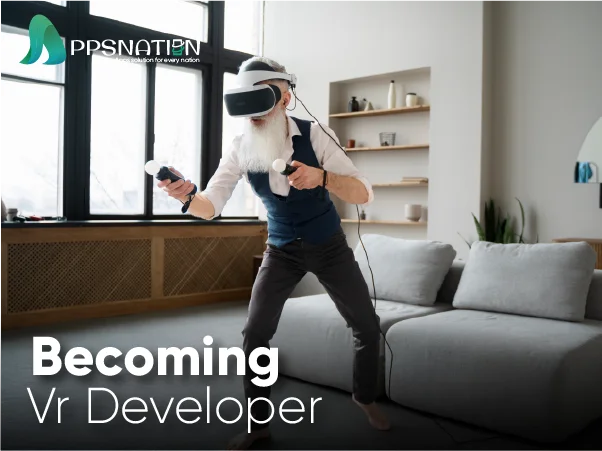In today’s digital age, businesses are constantly seeking innovative ways to enhance their products and create immersive experiences for their customers. One such cutting-edge technology that has been gaining popularity is Extended Reality (XR).
Table of Contents
| 1 | Introduction |
| 2 | What is Extended Reality? |
| 3 | Understanding the Components of XR
|
| 4 | The Evolution of XR Technology |
| 5 | XR Applications in Different Industries
|
| 6 | Advantages and Challenges of XR
|
| 7 | The Future of XR: Trends and Predictions |
| 8 | How to Get Started with XR |
| 9 | Conclusion |
| 10 | Frequently Asked Questions (FAQs) |
Introduction
Extended Reality, often abbreviated as XR, is an innovative technology that has transformed the way we interact with the digital world. It combines the realms of Augmented Reality (AR), Virtual Reality (VR), and Mixed Reality (MR) to create a more immersive and captivating experience for users. XR has captured the imagination of tech enthusiasts and businesses alike, leading to its rapid growth and adoption across various industries.
What is Extended Reality (XR)?
Extended Reality (XR) refers to an umbrella term that encompasses a spectrum of technologies that merge the physical and virtual worlds seamlessly. It goes beyond the limitations of traditional computing interfaces, enabling users to interact with computer-generated content in a more natural and immersive manner.
Understanding the Components of XR
Augmented Reality (AR)
AR enhances the real-world environment by overlaying computer-generated information onto it. This technology allows users to see and interact with digital elements while still being aware of their physical surroundings. Popular AR applications include gaming, navigation apps, and virtual try-on experiences in the fashion industry.
Virtual Reality (VR)
VR, on the other hand, offers a fully immersive experience by transporting users to a completely virtual environment. It utilizes head-mounted displays and motion-tracking sensors to make users feel as if they are present in a different world. VR finds applications in gaming, training simulations, and therapeutic experiences.
Mixed Reality (MR)
MR blends elements of both AR and VR, enabling digital content to interact with the real world. This technology not only overlays digital information but also anchors it to specific locations or objects. MR has proven invaluable in industries like manufacturing, where workers can receive real-time instructions while performing complex tasks.
The Evolution of XR Technology
The concept of XR dates back several decades, but it wasn’t until recent advancements in computing power and miniaturization of devices that XR truly took off. From the early experiments with VR in the 1960s to the present-day sophisticated AR applications on smartphones, XR has come a long way.
XR Applications in Different Industries
XR in Gaming and Entertainment
Gaming has been one of the primary drivers of XR technology. XR has revolutionized the gaming experience by enabling players to immerse themselves in virtual worlds and interact with characters and objects in unprecedented ways.
XR in Education and Training
In the field of education, XR has opened up new possibilities for interactive and experiential learning. Students can explore historical landmarks, travel to outer space, or dive deep into human anatomy through XR-based educational tools.
XR in Healthcare
The healthcare industry has embraced XR to improve patient care and medical training. From simulating complex surgeries to helping patients manage pain and anxiety, XR has proved its worth in various medical applications.
XR in Architecture and Design
Architects and designers use XR to create virtual prototypes of buildings and products. This enables them to visualize designs more accurately, identify potential issues, and present their ideas to clients in a more engaging manner.
XR in Retail and E-commerce
XR has revolutionized the retail industry by offering virtual shopping experiences. Customers can virtually try on clothing and accessories, visualize furniture in their homes, and explore products before making a purchase decision.
Advantages and Challenges of XR
Advantages of XR:
-
- Enhanced User Experience: XR provides an unparalleled level of immersion, making experiences more memorable and enjoyable for users.
-
- Real-World Applications: XR has practical applications across diverse industries, enhancing productivity and efficiency.
-
- Training and Simulation: XR-based training enables learners to practice complex tasks in a safe and controlled environment.
-
- Visualization and Design: XR aids in visualizing ideas, leading to better design decisions and improved creativity.
Challenges of XR:
-
- High Costs: Developing XR applications can be expensive, making it challenging for smaller businesses to adopt the technology.
-
- Content Quality: XR experiences heavily rely on content quality, and poor content can lead to an unsatisfactory user experience.
-
- Privacy and Security: XR collects vast amounts of user data, raising concerns about privacy and potential security breaches.
-
- Motion Sickness: Some users may experience motion sickness or discomfort while using XR devices for extended periods.
The Future of XR: Trends and Predictions
As XR continues to advance, several exciting trends are shaping its future:
-
- 5G Integration: The rollout of 5G networks will significantly improve XR experiences by reducing latency and increasing data transfer speeds.
-
- Social XR: Collaborative XR experiences will allow users to interact with friends and colleagues in shared virtual spaces.
-
- XR in Workspaces: XR technology will transform remote work, enabling teams to collaborate as if they were physically present.
-
- XR Wearables: XR devices will become more compact and user-friendly, blurring the line between the physical and virtual worlds.
How to Get Started with XR
Getting started with XR may seem daunting, but it’s essential to consider the following steps:
-
- Define Your Goals: Identify the specific objectives you want to achieve with XR technology.
-
- Research and Select the Right Platform: Explore different XR platforms and choose the one that aligns with your requirements.
-
- Collaborate with Experts: Partner with experienced XR developers and designers to bring your vision to life.
- Test and Iterate: Continuously test and refine your XR application based on user feedback to ensure a seamless experience.
Conclusion
Extended Reality (XR) has revolutionized the way we interact with the digital world, blurring the boundaries between reality and imagination. With its diverse applications and ever-evolving technology, XR is set to reshape various industries and enrich our lives in countless ways.
FAQs
Q: Can XR be used for more than just entertainment purposes?
Absolutely! XR finds applications in education, healthcare, architecture, retail, and various other industries.
Q. Are there any health concerns associated with using XR devices?
Extended use of XR devices may cause motion sickness or eye strain in some users. Nevertheless, technological advancements are actively tackling these concerns.”
Q: How can businesses leverage XR for marketing purposes?
Businesses can use XR to offer immersive product experiences, interactive advertisements, and virtual try-on services to enhance customer engagement.
Q: Is XR limited to high-end devices, or can it be accessed on smartphones?
XR experiences can be accessed on smartphones.




